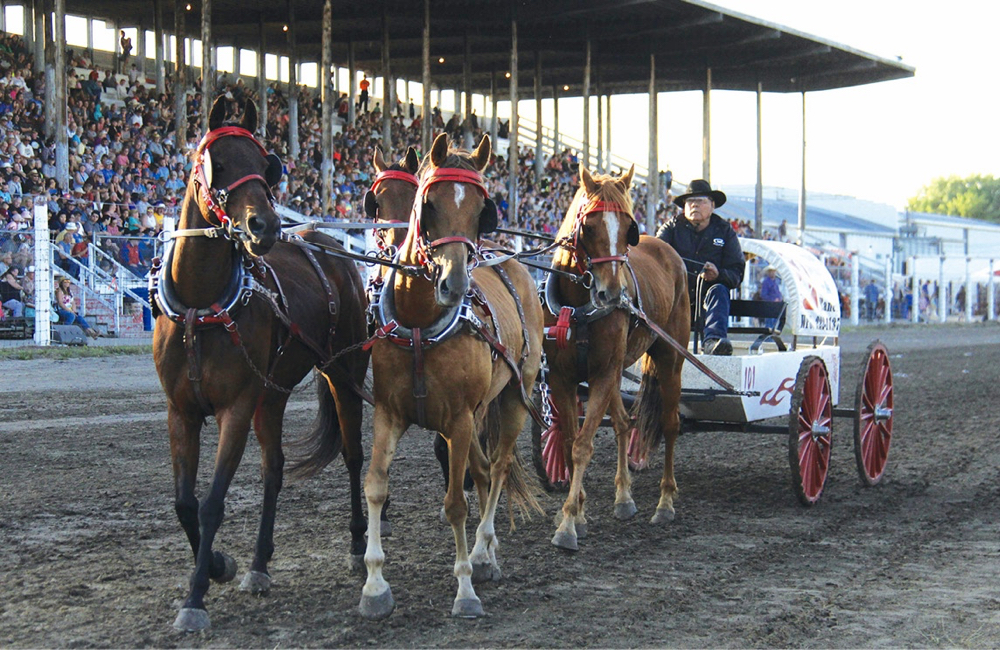The tragic death of a little girl from the Poplar Point Hutterite colony last week is a reminder of how quickly innocent water play can turn deadly.
An initial RCMP investigation said Becky Waldner, 11, had been with a group of children who were swimming and playing on an inner tube near the shore of the fast-moving Assiniboine River on the evening of July 14 when she went under water. Her body was discovered two days later about three kilometres downstream.
Unfortunately, more similar incidents are likely to occur, especially at this time of year, according to Carl Shier, executive director of the Lifesaving Society (Manitoba Chapter).
Read Also

Land agreement inked for Cereals Canada GATE facility
James Richardson & Sons, Limited will provide land for the Global Agriculture Technology Exchange (GATE) building in Winnipeg, according to memorandum of understanding with Cereals Canada
“The third week in July is traditionally that week that drowning spikes,” said Shier. “We often hear of two or three this time of year.”
It’s peak season for vacationers and the heat is sending droves to pools and lakeshores. Unfortunately, many going in the water, both old and young, don’t have any water safety skills.
Only 13 per cent of the population has taken swimming lessons and not surprisingly, nearly half of all drowning victims are non-swimmers, according to the Lifesaving Society.
Rural kids vulnerable
The province sees about 20 drownings yearly and all are preventable, said Shier, who says learning to stay safe around water is a life skill every child should have.
However, rural kids’ access to swimming lessons is restricted to small windows of time in summer when lessons are offered at local pools or nearby lakes, unless parents are willing and able to drive them considerable distances to indoor facilities the rest of the year, said Shier.
“Whereas everyone else living in an urban centre has access to an aquatic facility not only year round but, in the City of Winnipeg, within five minutes in every direction we drive,” he said.
Drownings similar to the Poplar Point tragedy prompted northern Manitoba communities to team up with the Lifesaving Society and bring in a special program called Swim to Survive. It was geared specifically to a few key skills, including how to tread water, how to protect your airway if you fall into water, and how to move “using any stroke they’re comfortable with” to reach a point of safety, Shier said. Drowning generally occurs less than 15 metres from a dock, rock or shoreline.
Swim to Survive isn’t swimming lessons, said Shier.
“It can be taught in 12 to 15 hours. I’d call it drown-proofing.”
It’s now offered in 40 communities in Manitoba’s north every summer, and has been combined with an initiative to distribute lifejackets.
“We are seeing a difference and it’s just another example of how those communities have benefited from programs we’ve put on for them,” said Shier.
The Lifesaving Society designates the third week in July as National Drowning Prevention Week to focus attention on the incidence of and prevention of drowning.















